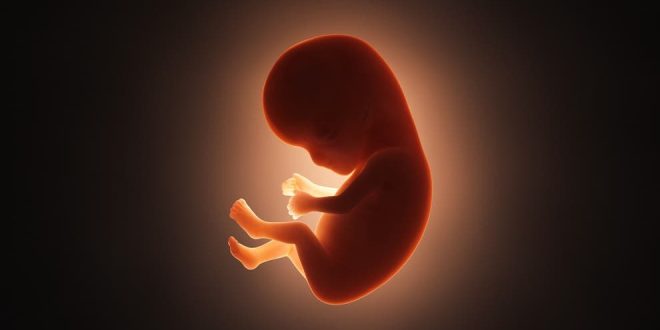Scientists in China have created a robotic artificial intelligence system to monitor and care for human embryos growing in artificial wombs.
The AI robot is being developed as a potential solution to population growth problems in the world’s most populous country, with birth rates recently falling to their lowest level in six decades.
A research paper published in the Journal of Biomedical Engineering described how the robotic nanny has already been used to nurture animal embryos within an artificial womb environment.
“There are still many unsolved mysteries about the physiology of typical human embryonic development,” the paper stated, adding that the technology would “not only help further understand the origin of life and embryonic development of humans, but also provide a theoretical basis for solving birth defects and other major reproductive health problems.”
According to the paper, the system allows the foetus to grow more safely and efficiently than it does within the natural setting of a woman’s womb.
The technology is evocative of the mechanical nanny described in the short story Dacey’s Patent Automatic Nanny from the acclaimed 2019 collection Exhalation by Ted Chiang.
While the Chinese researchers have proved that the technology could be used safely for the development of embryos, there are still legal obstacles in place that would prevent it from being used on human foetuses beyond two weeks of development.
The Independent
 Lebanese Ministry of Information
Lebanese Ministry of Information



